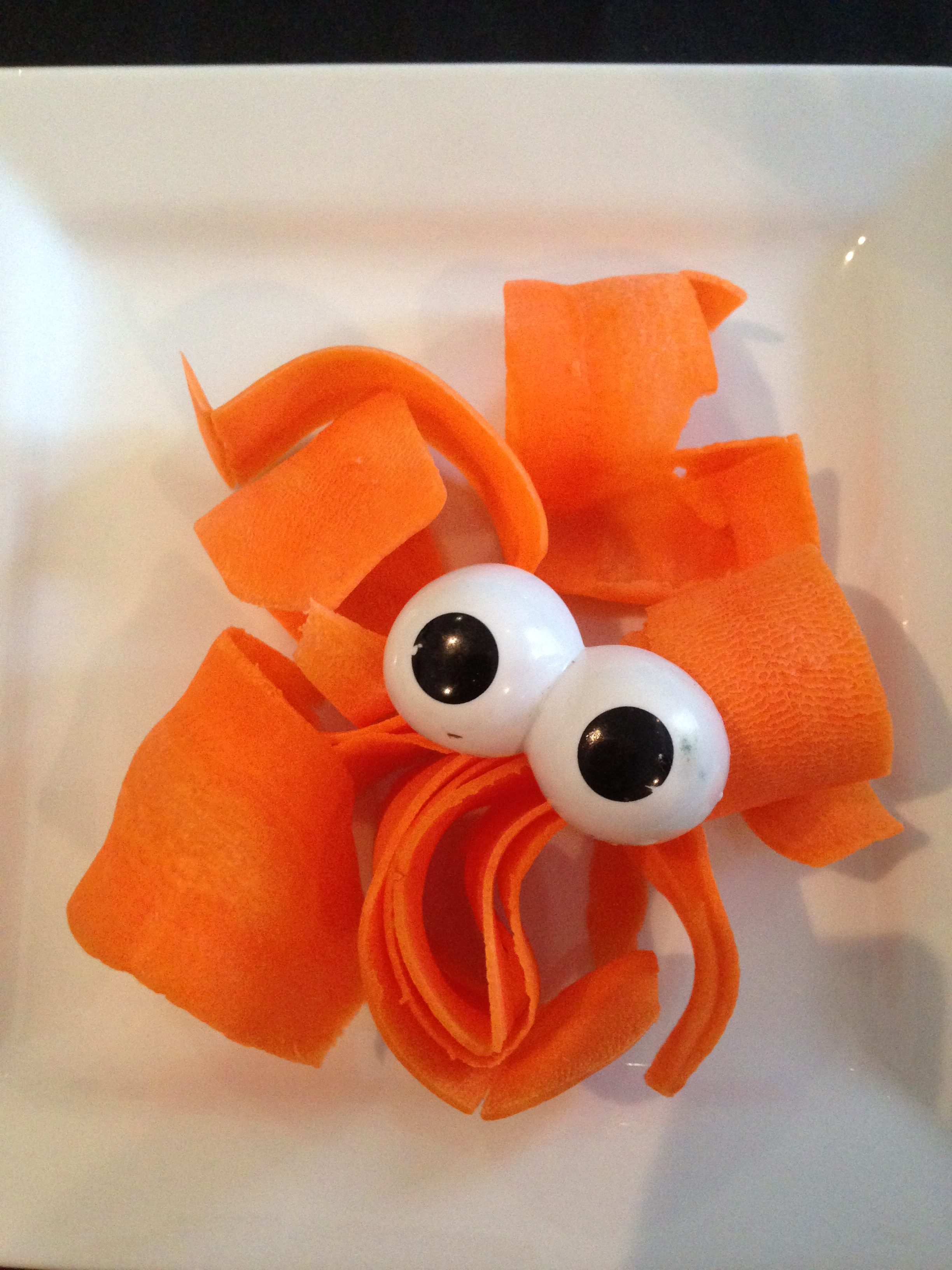 If you eat your carrots…..
If you eat your carrots…..
How many times did you hear this saying while growing up? I always believed it and made sure I eat them at every meal that they were served. (YES REALLY!)
The other reason was that they always tasted so sweet. So are carrots good for us?
Ok, here goes…Vision
A deficiency in vitamin A can cause your eye’s photoreceptors to deteriorate, which leads to vision problems. Eating foods rich in beta-carotene may restore vision, lending truth to the old adage that carrots are good for your eyes.

So, what else?
A serving of carrots (one medium carrot ) will provide about:
• 210% of the average daily recommended amount of vitamin A
• 10% vitamin K
• 6% vitamin C
• 2% calcium
The high vitamin A content, for which carrots are best known, comes from beta-carotene, which is converted into vitamin A in your liver. Interestingly, there’s a reason why ‘carrot’ and ‘carotene’ sound so alike. The word carotene was devised in the early 19th century by a German scientist after he crystallized the compound from carrot roots.
Carrot seed oil also contains potassium, vitamin B6, copper, folic acid, thiamine, and magnesium.
I usually recommend eating carrots in moderation because they contain more sugar than any other vegetable aside from beets hence the sweet taste, also the popularity among children.
However, when eaten as part of an overall healthy diet, the nutrients in carrots may provide you with protection against heart disease and stroke while helping you to build strong bones and a healthy nervous system.
BONUS!
ref used. Dr mercola.com
So what can I make with carrots?
Carrot and coriander soup
450g Organic carrots
Coconut Oil 1 large tbsp
1 large Tbsp Nut Butter
2 litres organic vegetable stock (using filtered water)
1 garlic clove chopped
1 onion chopped
Fresh coriander (1 bag) washed
Heat the coconut oil in a wok and add the garlic and onion until brown and then transfer to a pan and add the vegetable stock and the rest of the ingredients and bring to the boil. (until carrots have softened).
Whizz (Yes a technical term I use) until softened with a hand blender and use Himalayan salt (If you have it) and pepper to taste.
Serve with gluten-free (if desired ) bread and grass-fed butter as a spread.
This makes a great winter warmer. If you want to add to the protein intake here then a few scoops of clean high-grade protein powder can be added.
I use this for an extra boost for the family.
X
